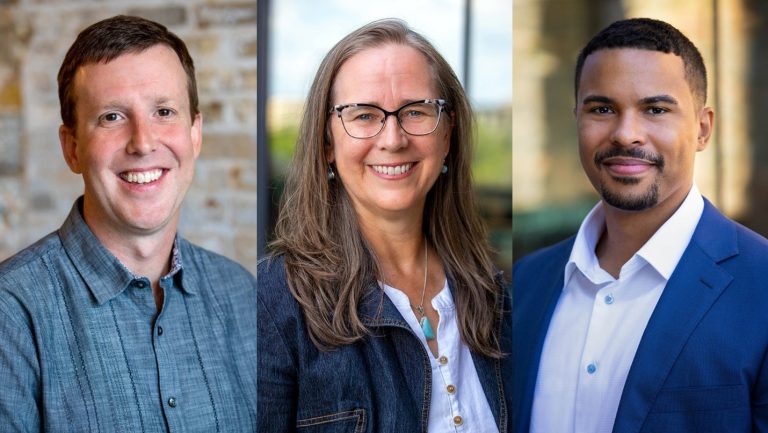
ምድብ:አመለካከት6 ደቂቃ ተነቧል
This opinion piece was originally published by Newsweek on October 3, 2021. It is reprinted here with full permission.
With the U.N. Climate Change Conference (COP26) in Glasgow underway, all eyes are on Washington, D.C., as the nation awaits painstaking negotiations over President Joe Biden’s spending plan. But regardless of what happens on Capitol Hill in the coming days, those of us here in the Midwest want the world to know that the U.S is committed to solving climate change—and the Midwest is already making huge strides.
America’s heartland accounts for nearly a third of the country’s greenhouse gas emissions—and it is the fifth-largest carbon emitter in the world. This dubious distinction has driven the region to quietly model climate leadership and innovation.
The Midwest leads the nation in producing wind energy, and we’re at the forefront of community solar—driving steep cuts in emissions and increasing access to clean energy. We’re innovating how we feed the country, practicing sustainable agriculture that removes carbon from the atmosphere. We’ve put more than 677,000 Midwesterners to work in good-paying jobs producing and installing renewable energy components, vehicles, batteries and efficient technologies to power the economy of tomorrow.
We’re also seeing bipartisan climate leadership in our city halls and state capitals. From Kansas City to Madison, Cincinnati to Petoskey, Midwestern cities and towns—big and small, red, blue and purple—have enacted 100 percent clean energy commitments. Recently, Illinois enacted “the ‘most equitable’ climate bill” in the country, committing to transition to 100 percent clean energy by 2050. This landmark law will create tens of thousands of new jobs and improve public health by prioritizing emission cuts in the communities hit hardest by our dependency on fossil fuels.
Illinois Governor J.B. Pritzker signs the state’s Climate and Equitable Jobs Act. Photo credit: Anthony Vazquez/Chicago Sun-Times via AP
And that’s not all.
After decades of addiction to coal, major utilities have begun to change direction—a testament to evolving market forces and citizen advocacy. Minnesota-based Xcel Energy was the first major U.S. utility to commit to 100 percent clean energy, and others have followed suit.
All this while skilled workers at GM and Ford manufacture electric vehicles that will remake transportation as we know it—and dramatically reduce carbon pollution from the sector responsible for producing the largest share.
Still, the climate clock is ticking. Our crops are drying up from prolonged droughts. Our kids are choking on pollution from the worst air quality levels on record. Our lakes are on fire. The Boundary Waters, a chain of pure freshwater lakes in northern Minnesota, were shut down for weeks because of raging wild fires.
It’s clear we need ambitious changes now. This moment demands historic, unprecedented federal funding and philanthropic and private sector capital to continue forward momentum here in the Midwest, for the good of the country and our planet.
General Motors assembly workers connect a battery pack underneath a partially assembled Chevrolet Bolt EV at the General Motors Orion Assembly in Orion Township, Mich. Photo credit: REUTERS/Rebecca Cook
If the U.S. wants to lead on climate—and we must—look to the Midwest. Investing in the people and solutions here is the smart and strategic bet. We’re ready to scale up our innovative models so America can power its businesses, buildings, homes, cars and farms with clean energy. If we can power our economy with solar and wind, and design efficient buildings and smart grids here—a region of demographically and politically diverse states where temperatures can plummet far below zero—we can do it anywhere.
What happens in Washington and in Glasgow will have deep impacts on the Midwest—on our air, cities, towns and kids. Yet, what happens in the Midwest could make or break climate progress the world over. The world needs the U.S. in order to meet its climate goals, and the U.S. needs the Midwest—it’s that simple. We’re ready to lead, and we hope Washington will join us. Our success in decarbonizing the Midwest is the nation’s—and the world’s—success.
Download a printer-friendly version of this article.